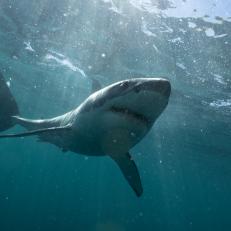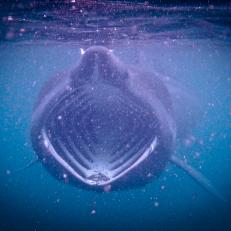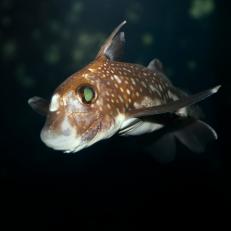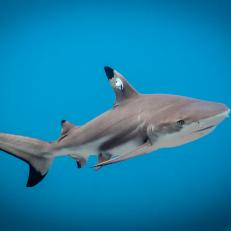Sharks Outlived Dinosaurs — and Here’s How They Did It
Shark fossils have been found dating back to more than 400 million years, meaning they are one of the oldest creatures on the planet, outliving even the dinosaurs, surviving mass extinctions, and extreme weather changes.
So how did they do it? Well, they are adept at evolving to suit their environments, and have quite the record of adapting when needed. Here are just some of the ways they’ve done it.
For more on sharks, stream SHARK WEEK now on discovery+.
Shop This Look
Swimming
They’ve figured out how to swim without expending too much energy, and to maneuver quickly and with agility to help them hunt prey. Their bodies taper at both the tail and the nose, meaning they’re streamlined and reduce water resistance. They have dermal denticles, which are sharp scales covering the skin of most shark species, providing protection and decreasing drag when they swim — meaning they’re also pretty noiseless. They also have cartilage rather than bone, which is lighter and more flexible, and allows them to conserve energy and swim long distances. Their livers produce a fatty oil called squalene, which helps them remain afloat. On top of all that, their pectoral fins allow them to dive, swim upward, and change direction at a moment’s notice. Many shark tails, also known as caudal fins, are larger on top than the bottom, allowing them to swim more efficiently. Some sharks also have a horizontal keel on their fins, a mechanism which reduces turbulence and allows them to swim faster.











.jpg.rend.hgtvcom.231.231.suffix/1658256079221.jpeg)












